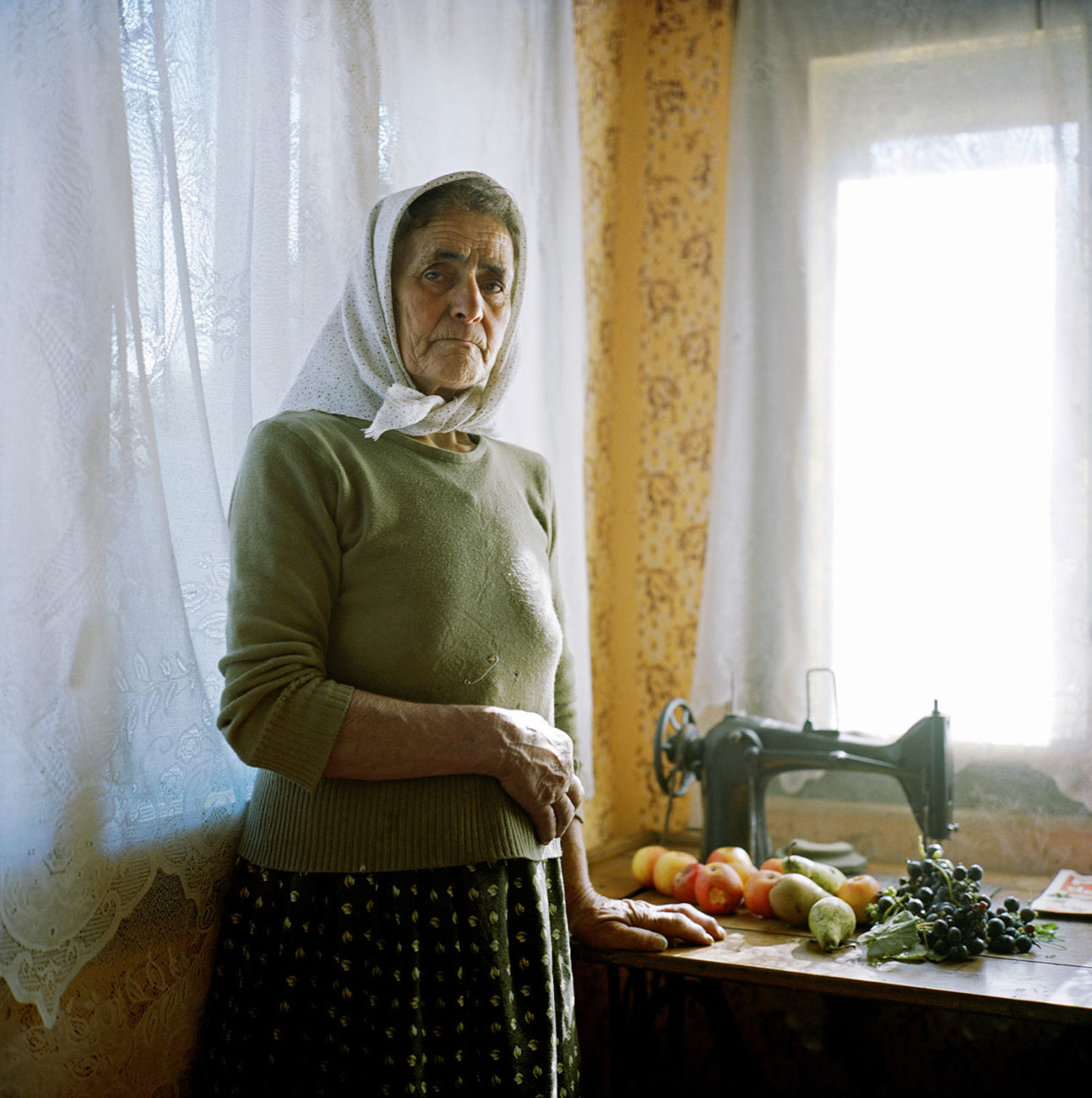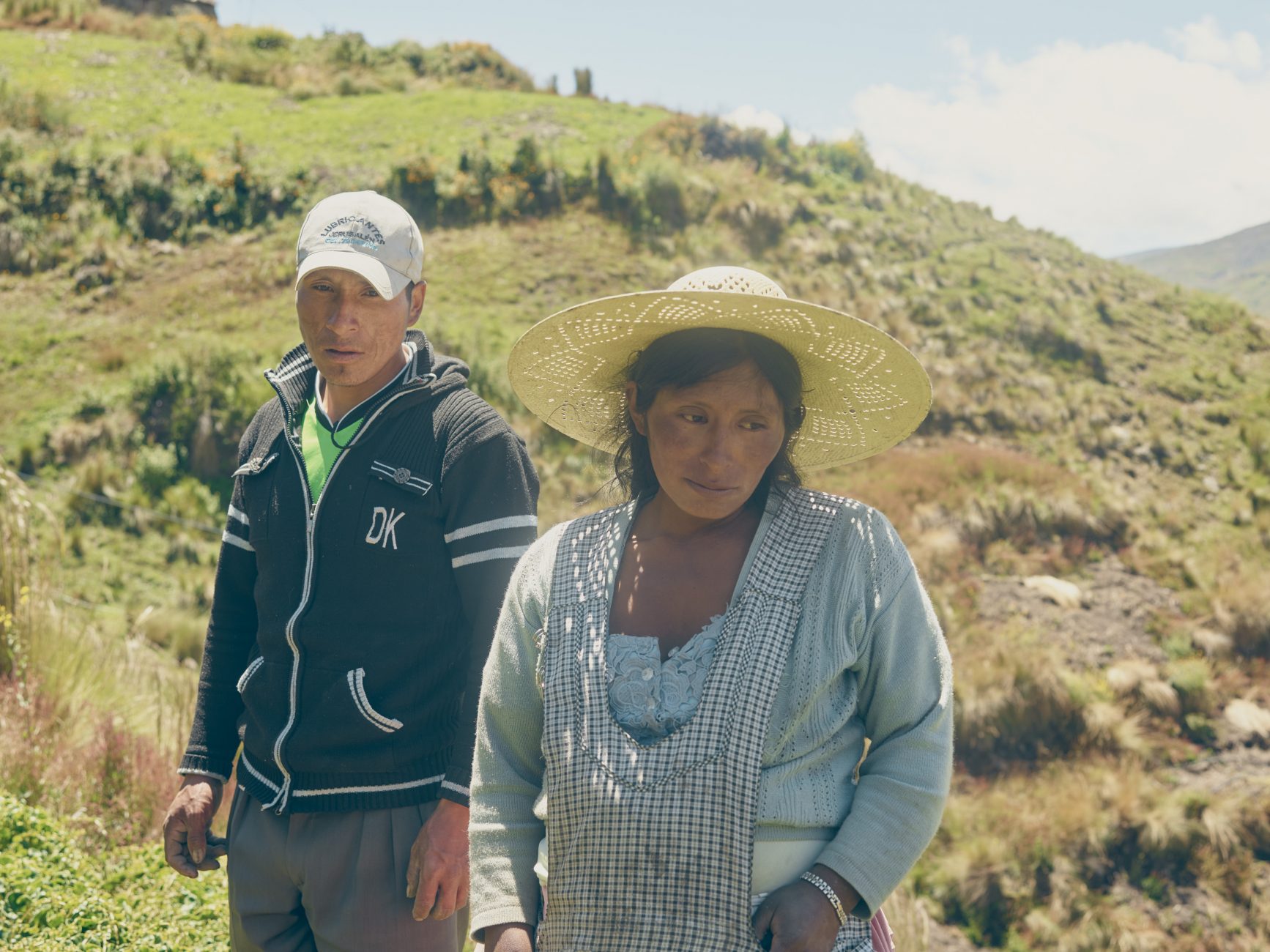
Masumoto Family, California
USA. Del Ray, California. 2016. The Matsumoto Family Farm during peach harvest. The first acres of the farm were purchased in 1948 by Takashi Matsumoto after he left a Japanese internment camp. The organic farm is now run by his son David "Mas" Matsumoto and spans 80 acres, producing peaches, nectarines, and grapes for raisins. Mas' daughter Nikiko works on the farm full time and his wife Marcy and son Korio work part time.
We Feed the World…with Nutritious, Healthy Food
Mas Masumoto inherited an 80-acre organic peach farm in California from his parents and for many years he grew some of the juiciest and most delicious peach varieties in the region. However, as the supermarkets started looking for bigger produce, Mas’s heritage peaches were deemed ‘too small’ and he faced the reality confronting many farmers today: if he wanted to stay in business he would have to pull out his beloved old trees and re-plant more commericial varieties. Ordering a digger, he sat down to write a letter of lament to the LA Times. It began like this;
”The last of my Sun Crest peaches will be dug up this fall. A bulldozer will crawl in, rip each tree from the Earth and toss it aside; the sounds of cracking limbs and splitting trunks will echo through my fields. My orchard will topple easily, gobbled up by the power of the diesel engine and metal rake and my acceptance of a fact that is unbelievable but true: No one wants a peach variety with wonderful taste”.
When the letter was published, Mas was overwhelmed by people’s response, begging him to keep the trees and explore alternative markets. Taking a leap of faith, he kept the trees and now his old variety peaches are in demand at farmers markets and sustainable restaurants across California.
Photographs by Carolyn Drake.






































